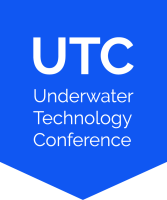Conventional subsea single production well design requires the well to be drilled and completed with the drilling rig (vessel) before flow lines pull-in, connection of umbilical’s, etc. are undertaken with other specialized vessels. This causes not only time delay between well drilling/completion and production start-up, but also adding for way more CO2 emissions. By pre-rig installing a single well foundation with integrated conductor, manifold, pipeline and umbilical tie-in points, this additional CO2 emission and costly time delay can be reduced, and essentially facilitate instant production.
A CAN technology is the structural foundation for this well construction. Smaller marine vessels can be used for installation and recovery. Therefore, instead of drilling a 36’’ (42’’) hole, running the conductor and carrying out cementing operations, a vessel is used to install the CAN-integrator ahead of the rig arrival. All this allow for considerable reductions in CO2 emissions due to reduced drilling/use of rig, less steel and no cement used. On top of this, no drill cuttings are spilled to seafloor during installation, and no chemicals used in form of mud nor cement.
With a seamless integration of lighter satellite SPS equipment further total reductions in CO2 emissions will be obtained totaling to a reduction of up to 60% in weight and CO2 reductions compared to standard template solutions.
In summary these advantages result in increased efficiency, shorter project execution time, faster time to first oil, reduced operational risk and lower cost ultimately lowering the CO2 footprint up to 60% of any field development.

